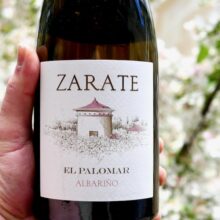
Product information
Zárate Albariño ‘El Palomar’ 2021
$160
Description
170 year old pre-phylloxera vines.
Skin contact and oxidative handling are beautifully balanced. Savoury and earthy with that Albariño fresh green herb hit. Fascinating to watch it freshen in the glass, bruised apple falls away & the fruit shines. A fine phenolic grip & spice from the skin contact add intrigue.
Opens beautifully on both nose and palate over several hours, intensity builds & it flows gracefully. Keeps getting fresher, and fresher. A clear sign of quality fruit.
Moves through to pear with a little almond & a toasty line. Delicacy & elegance. Superfine acids that have integrated through loads of time on full solids in big oak vats. A silvery line of bitterness cleanses. Incredible transparency and power.
What a personality! Super fun vino. Cerebral.
The 2021 El Palomar always has a more classical malolactic sensation with a faint lactic feeling to it. It has notes of yellow fruit, and it’s quite expressive, with very tasty flavors and a spicy twist. It spent a long time with lees in oak, without racking or added sulfur, which also gives it a certain creaminess. I like this very much; it really shows the cold year. 2,200 bottles and 150 magnums were produced. It was bottled in July 2022. Drink 2023-2032
Luis Gutiérrez, The Wine Advocate 97 Points
In stock
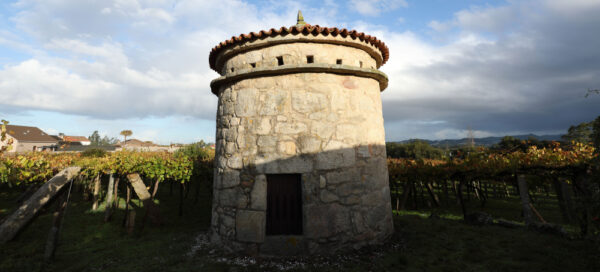
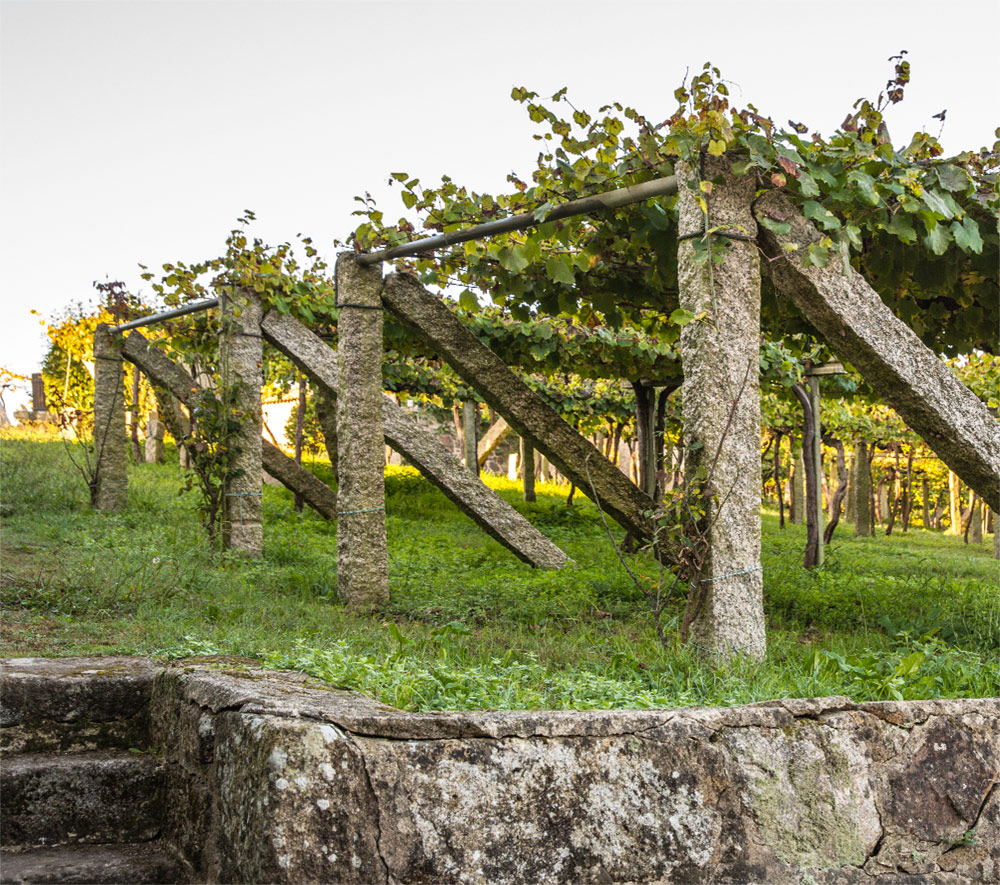
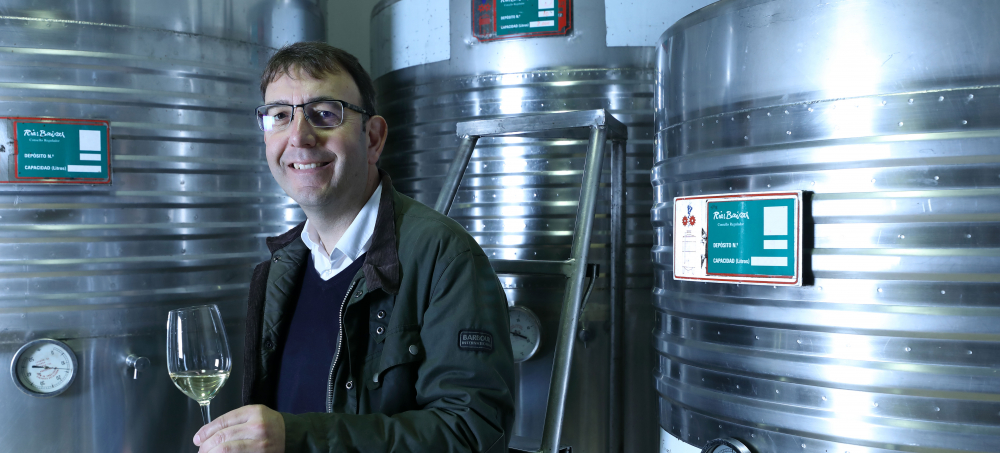
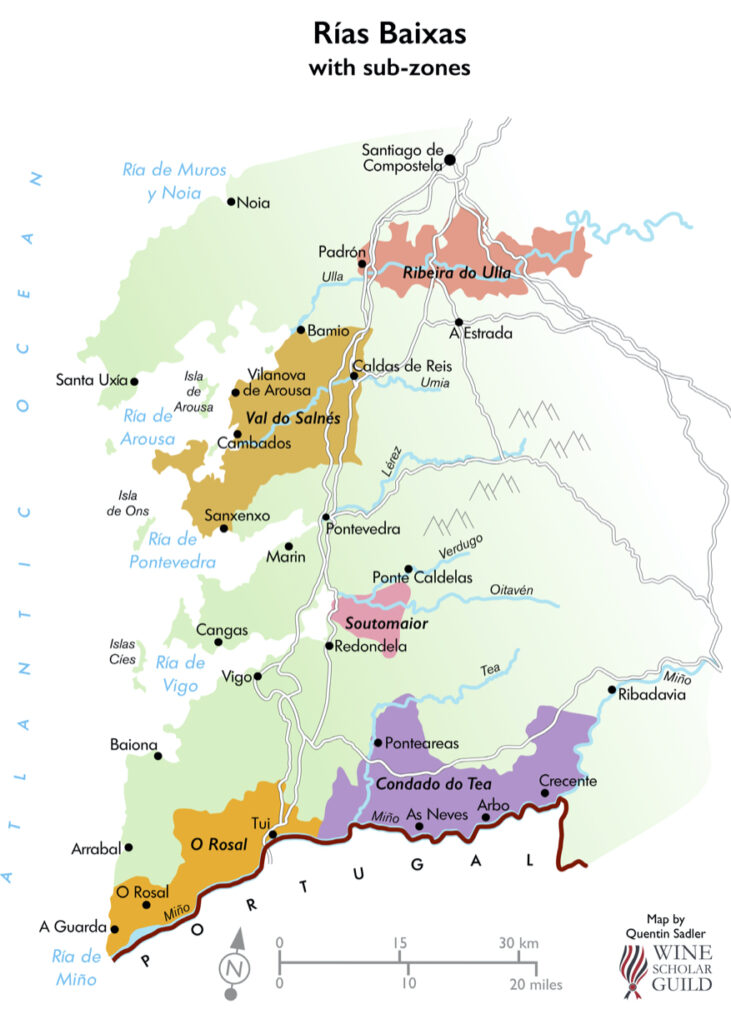
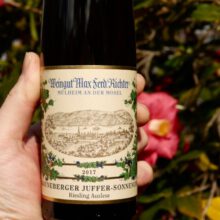
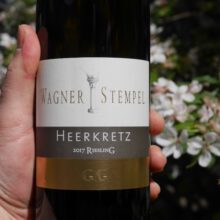
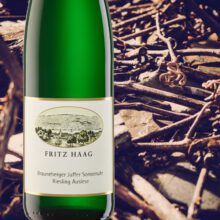

You must be logged in to post a comment.